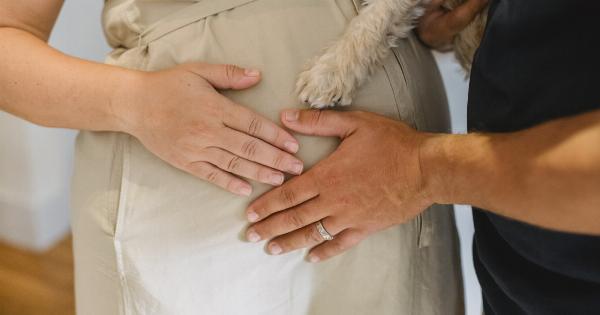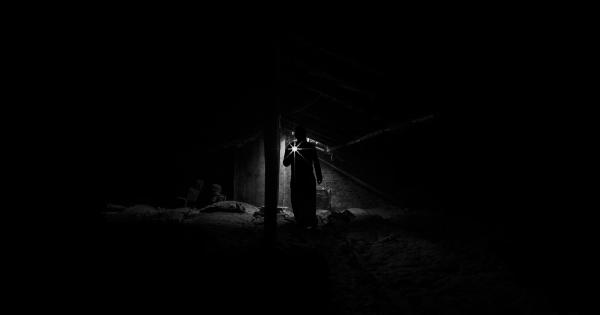Back pain is a common problem that affects millions of people worldwide.
It can be caused by many factors, but did you know that the arches of your feet might be connected to your back pain? Yes, it’s true! The arch of the foot is a crucial component of proper body alignment, which in turn affects the alignment of the spine. In this article, we will explore the connection between your foot arch and back pain and ways to alleviate the pain through corrective measures.
Understanding the Foot Arch
Before delving into the link between the foot arch and back pain, let’s first understand what the foot arch is. The foot has three main arches, namely the medial longitudinal arch, lateral longitudinal arch, and the transverse arch.
The medial longitudinal arch is the most prominent arch, running from the heel to the ball of the foot. It serves as a shock absorber when walking or running, and it helps distribute the weight of the body efficiently while standing.
The arch is formed by a combination of bones, ligaments, and tendons that work in sync to create the curve in the foot.
When the foot arch is functioning appropriately, the weight of the body is evenly distributed across the feet, and there is no undue pressure on any particular joint or muscle. But when the arch is overly high or flat, it can lead to several issues, including back pain, knee pain, and even ankle pain.
How Foot Arch Affects the Alignment of the Spine
The alignment of your body has critical consequences on your back and overall health. When the arch of the foot is overly high or flat, it can cause a shift in your body’s weight distribution, leading to improper alignment of the spine.
The lower back is usually the most affected part of the spine when the arches are not working correctly, leading to lower back pain.
For instance, when the arch is excessively high, the foot’s weight is concentrated on the ball of the foot and heel instead of being distributed across the entire foot.
This shift in weight can cause the pelvis to tilt forward, leading to an increase in the lower-back arch. An excessively flat foot, on the other hand, can make the pelvis tilt backward, leading to a flatter lower back. These postural misalignments have a ripple effect on the rest of the spine, leading to upper back pain, shoulder pain, and even neck pain.
The Link Between Flat Feet and Lower Back Pain
Flat feet, also known as fallen arches, is a common foot condition that affects millions of people worldwide. Flat feet occur when the arches of the foot collapse, making the entire foot come into contact with the ground.
This condition can be congenital or develop over time due to various factors such as pregnancy, obesity, injuries, and aging. The most common symptom associated with flat feet is lower back pain.
Flat feet can cause the pelvis to tilt backward, leading to an increase in the lower-back arch. This arching puts undue pressure on the lumbar spine, causing pain and discomfort.
The extra weight on the spine can also cause the spinal discs to degenerate, leading to conditions like herniated discs, sciatica, and spinal stenosis.
The Link Between High Arches and Upper Back Pain
High arches, also referred to as cavus foot, is another common foot condition that affects millions of people worldwide. This condition is the opposite of flat feet, whereby the arch is too high, sometimes to the point of being non-existent.
Like flat feet, high arches can also lead to back pain, but this time, the pain is concentrated on the upper back and shoulder regions.
When the arch is overly high, the foot’s weight is concentrated on the ball of the foot and the heel instead of being distributed across the entire foot.
This imbalance can cause the pelvis to tilt forward, leading to the rounding of the shoulders. When this happens, the upper back muscles are overworked, leading to tightness and pain.
Treatment and Prevention of Back Pain through Correcting Foot Arch
If you suffer from back pain as a result of an improperly functioning foot arch, don’t despair. There are several corrective measures you can take to alleviate the pain and prevent it from recurring.
Here are some of the treatment and prevention methods to consider.
Orthotics
Orthotics is a type of device that is used to support or correct abnormal foot function. Orthotics can be in the form of shoe inserts, braces, splints, or custom-made shoes.
If you have flat feet, orthotics can help support the arch, reduce pain, and prevent further damage. If you have high arches, orthotics can help redistribute the weight on the feet, promoting even weight distribution across the body, and reducing stress on the upper back and shoulders.
Stretching and Strength exercises
Stretching and strength exercises can help loosen tight muscles and strengthen weak muscles, promoting proper alignment of the spine.
Stretching exercises like the hamstring stretch and the quadriceps stretch can help alleviate pain, while strength exercises like toe curls, heel raises, and ankle rotations can help improve the foot’s strength and flexibility.
Lifestyle changes
Lifestyle changes such as weight loss, wearing comfortable shoes, and avoiding high-impact activities can help alleviate back pain caused by abnormal foot function.
If you are overweight, losing some weight can help reduce the strain on the feet and back muscles. Also, wearing comfortable and supportive shoes can help promote proper alignment of the spine and reduce pain. Lastly, avoiding high-impact activities like jumping and running can help reduce the pressure on the back muscles and prevent further damage.
Conclusion
The foot arch is an essential part of proper body alignment, and improper arch function can lead to back pain. Flat feet can cause lower back pain, while high arches can cause upper back and shoulder pain.
Corrective measures like orthotics, stretching and strength exercises and lifestyle changes can help alleviate pain and promote proper alignment of the spine.




























